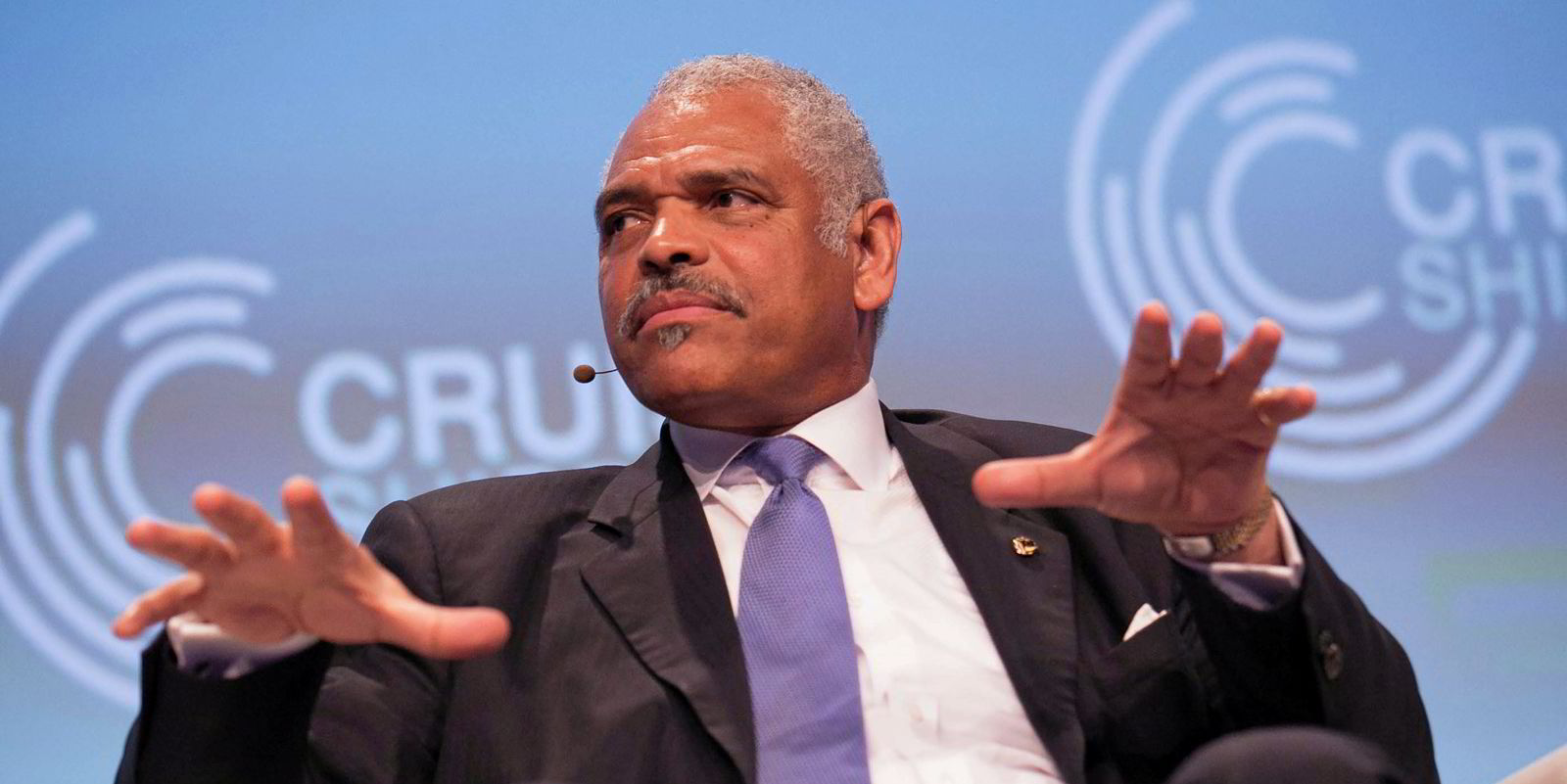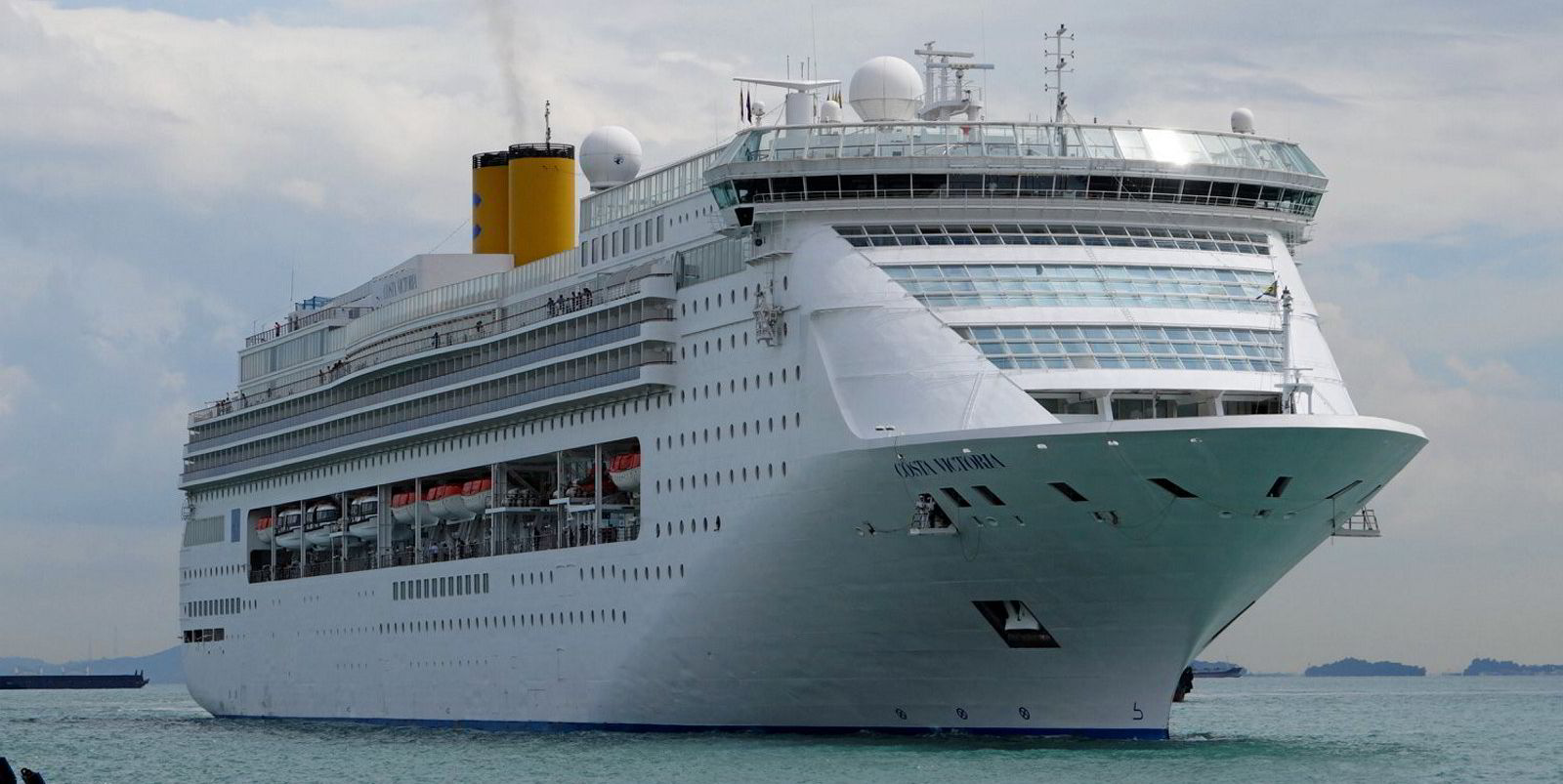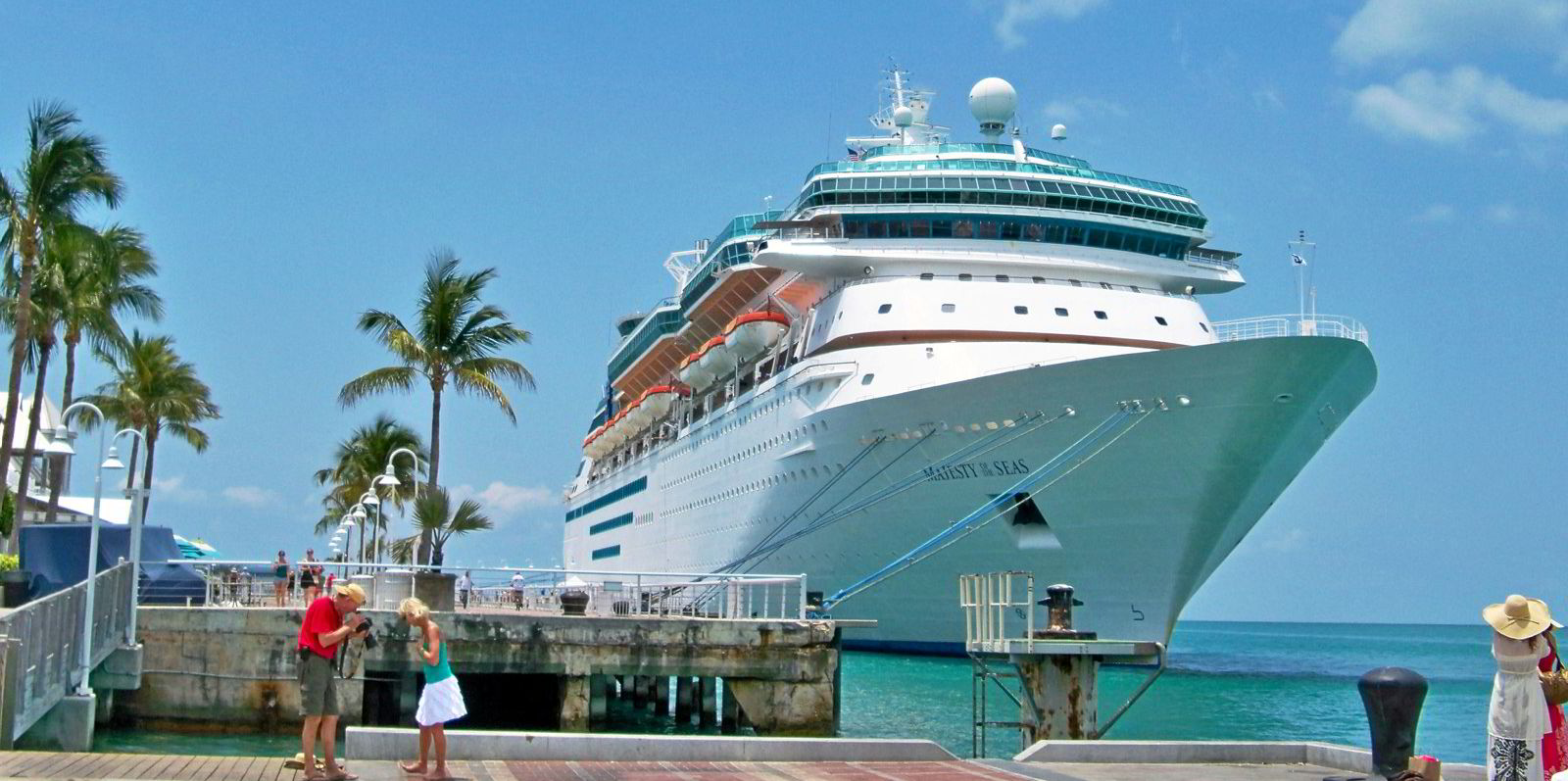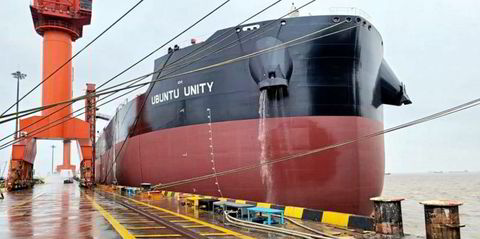Miami-based Carnival Corp has revealed that it intends to sell another four cruiseships.
Their disposal would bring to 19 the number of ships the cruise giant has sold since the onset of the Covid-19 pandemic, which the company said on 11 January had left it $10.2bn in the hole since the industry went into a deep freeze last March.
The news also came as analysts at UK-based shipping research and consultancy firm Maritime Strategies International (MSI) said concerns over vaccine availability, the resumption of US operations and further mutation of the virus clouded the chances of a quick return to normality.
Carnival has throughout the pandemic period been quick to offload older, less-efficient vessels either for scrap or to other operators keen to take advantage of the rare opportunity to upgrade their fleets at bargain basement price levels.
The majority of the 15 cruiseships sold by the company so far have been between 50,000 gt and 70,000 gt and built in the late 1980s or early to mid-1990s.
With most of those ships already purged from the fleet, industry observers believe that Carnival's attention will now turn to smaller vessels that do not enjoy the same economies of scale as the company’s larger ones.
While the company has not stated which ships have been earmarked for this next round of sales, industry insiders believe the vessels on borrowed time include the 670-passenger Pacific Princess (built 1999), operated by Princess Cruises, and the 1,186-passenger AIDACara (built 1996) and 1,248-passenger AIDAMira (built 1999), which are the smallest ships operated by AIDACruises.
Also said to be a prime disposal candidate is the 1,950-gt Aurora (built 2000) of P&O Cruises, whose near-sistership Oriana (built 1995) was sold to Astro Ocean of China in 2018.
Each of these brands have recently taken delivery of giant newbuildings, making these smaller ships the odd ones out.
Carnival said that in total, the 19 ships would represent approximately 13% of its pre-pause capacity, but only 3% of its operating income in 2019.
The company added that based on the actions taken to date and the scheduled newbuilding deliveries through 2022, its future fleet would be more efficient “with a roughly 14% larger average berth size per ship and an average age of 12 years in 2022 versus 13 years, in each case as compared to 2019”.
Cautious on 2021 recovery forecast for cruise shipping
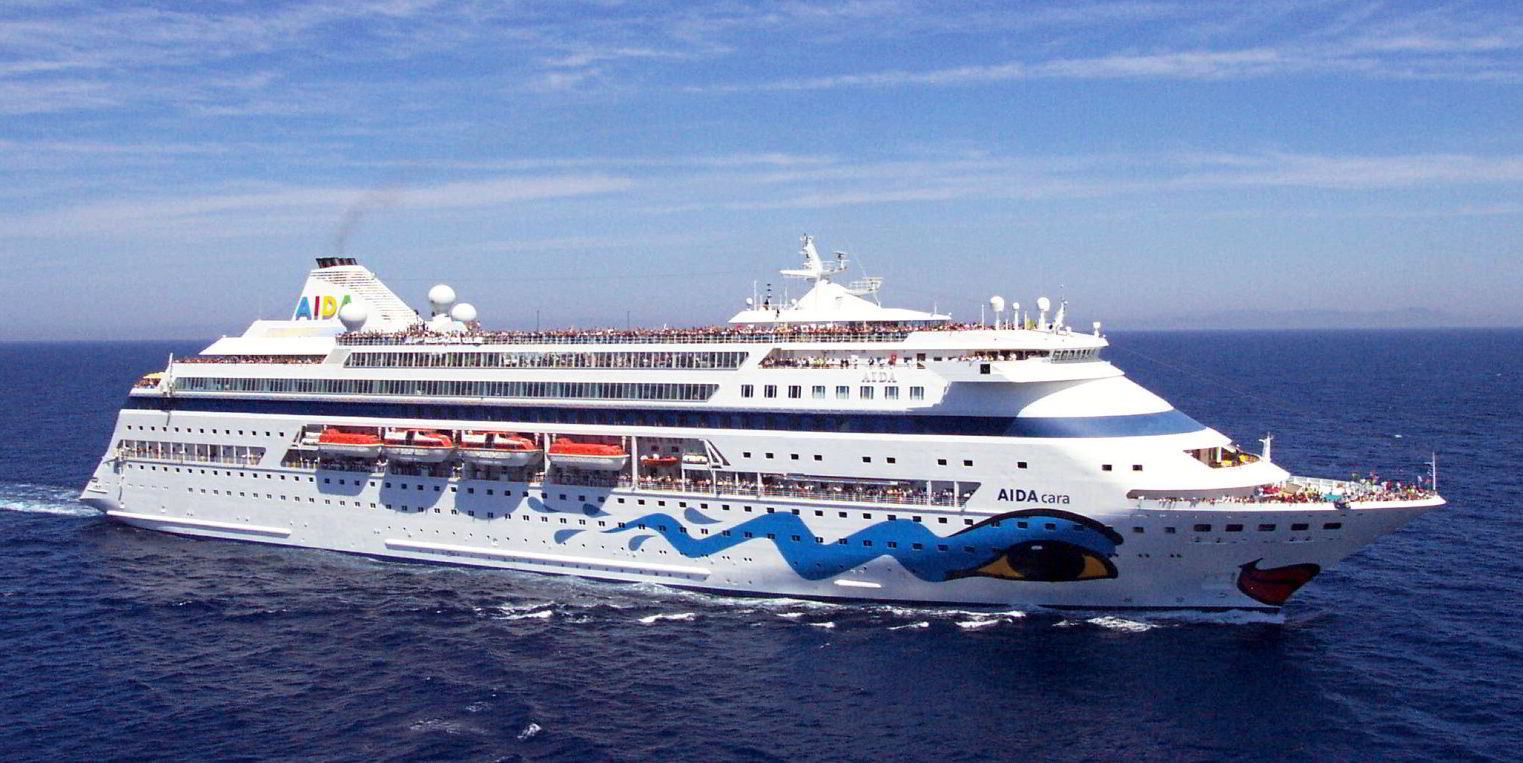
Carnival’s ship sales are part of a series of "aggressive actions" the company has taken while planning staggered resumptions of its nine brands in 2021.
MSI said in a report released on Wednesday that it was concerned that vaccine availability, the resumption of US operations and further mutation of the virus would cloud the chances of quick return to normality for cruise.
The consultancy said that even with leading industry players keen to publicise advance ticket sales and enquiries as evidence of pent-up demand and with vaccines becoming available, it would take time to rebuild confidence in the sector despite enhanced safety protocols and fewer passengers on board.
MSI cautioned that the impact of Covid-19 on discretionary consumer spending, especially on lower income households, could impact booking levels.
“According to a 2018 survey, US cruisers with an annual income of less than $100,000 per annum accounted for approximately half of all passengers and this population group is likely to see higher levels of unemployment and greater retrenchment in the near term,” said MSI analyst Niklas Carlen.
“This year, we expect cruise passenger levels to increase to 11.9m, an increase of 59% year-on-year, but still substantially below the 29.6m cruise passengers recorded in 2019. The recovery is likely to be relatively slow and cautious, weighted towards the second half of the year with mature markets leading the recovery.”
MSI’s analysis showed that just 7.5m passengers embarked on a cruise in 2020, a correction of 75% compared to 2019 levels.
“Events at the end of 2020 and the start of 2021 are likely to increase economic pressure within advanced economies. Thereafter we retain our belief that economic recovery in 2021 will be strong, although economies are highly unlikely to make up all the ground lost during the crisis until sometime in 2022, especially where labour markets are concerned,” Carlen said.
“However, the pace at which they make up this ground once vaccine roll-out accelerates will be brisk.”

